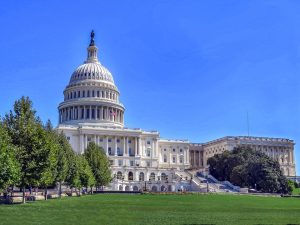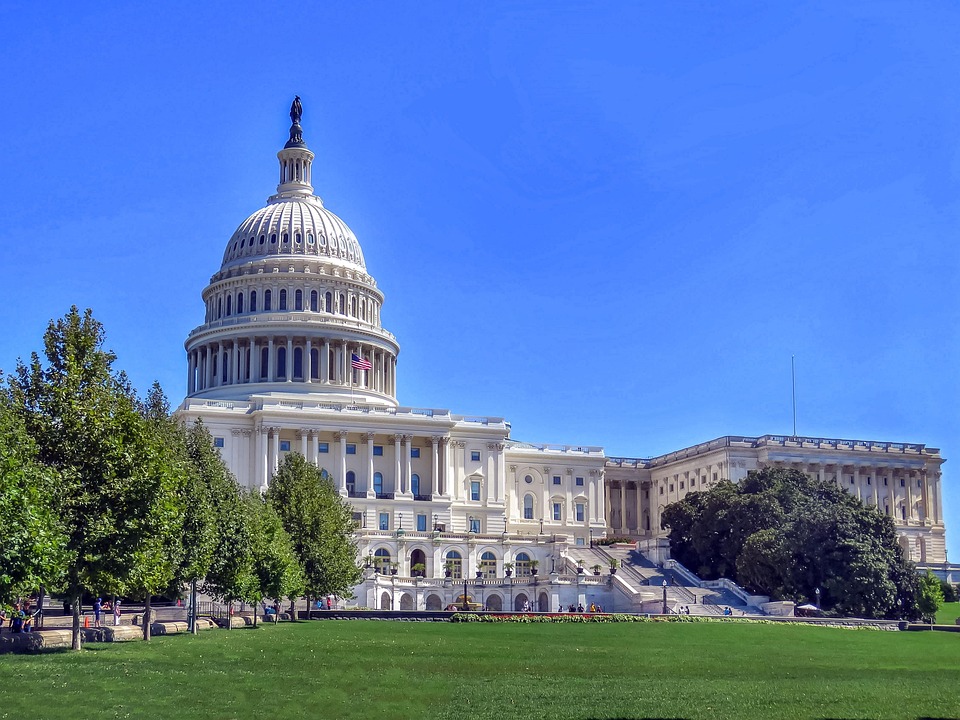The United States government provides a wide range of benefit programs designed to support individuals and families in need, fostering economic stability, health, and education. These programs aim to ensure that every citizen has access to essential resources and opportunities for a better quality of life.
1. Financial Assistance Programs
To help low-income households, programs like the Supplemental Nutrition Assistance Program (SNAP) and Temporary Assistance for Needy Families (TANF) provide crucial aid for food and basic needs. Additionally, Unemployment Insurance offers temporary financial relief to workers who lose their jobs unexpectedly, enabling them to stay afloat during job transitions.
2. Health Benefits
Healthcare is a vital part of government support. Medicaid offers free or low-cost medical coverage to eligible low-income individuals, while Medicare ensures seniors and individuals with disabilities can access essential healthcare services. Children from families earning too much for Medicaid but struggling to afford private insurance can benefit from the Children’s Health Insurance Program (CHIP).
3. Housing and Utility Support
Programs like the Section 8 Housing Choice Voucher Program assist low-income families, seniors, and disabled individuals in securing affordable housing. The Low-Income Home Energy Assistance Program (LIHEAP) helps households manage energy costs, providing relief during extreme weather conditions.
4. Education and Employment
The government supports education through programs such as Pell Grants and Federal Work-Study, reducing barriers to higher education for students. For job seekers, initiatives like Job Corps and the Workforce Innovation and Opportunity Act (WIOA) provide training and career development opportunities.
These benefit programs underscore the U.S. government’s commitment to empowering its citizens and building a stronger, more inclusive society.





